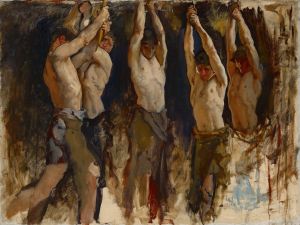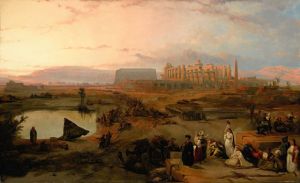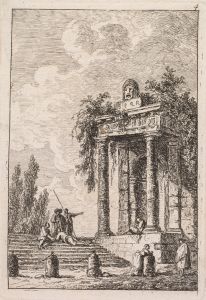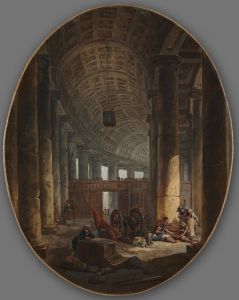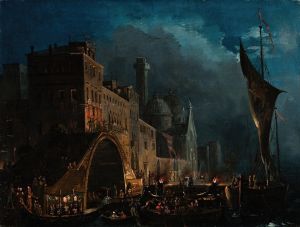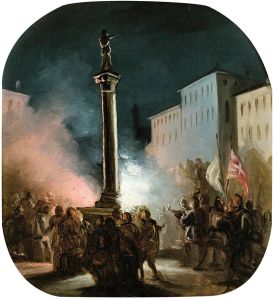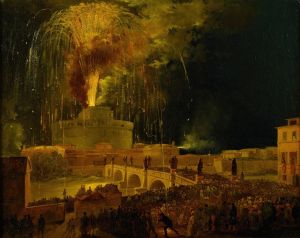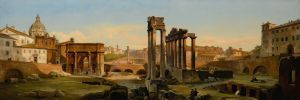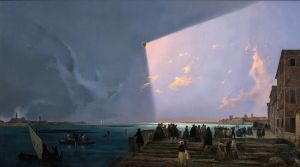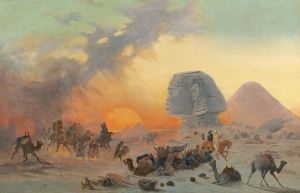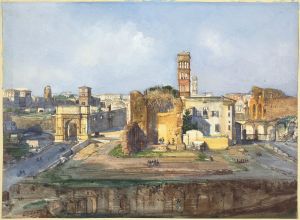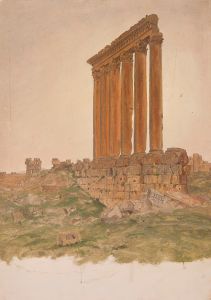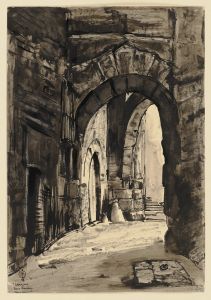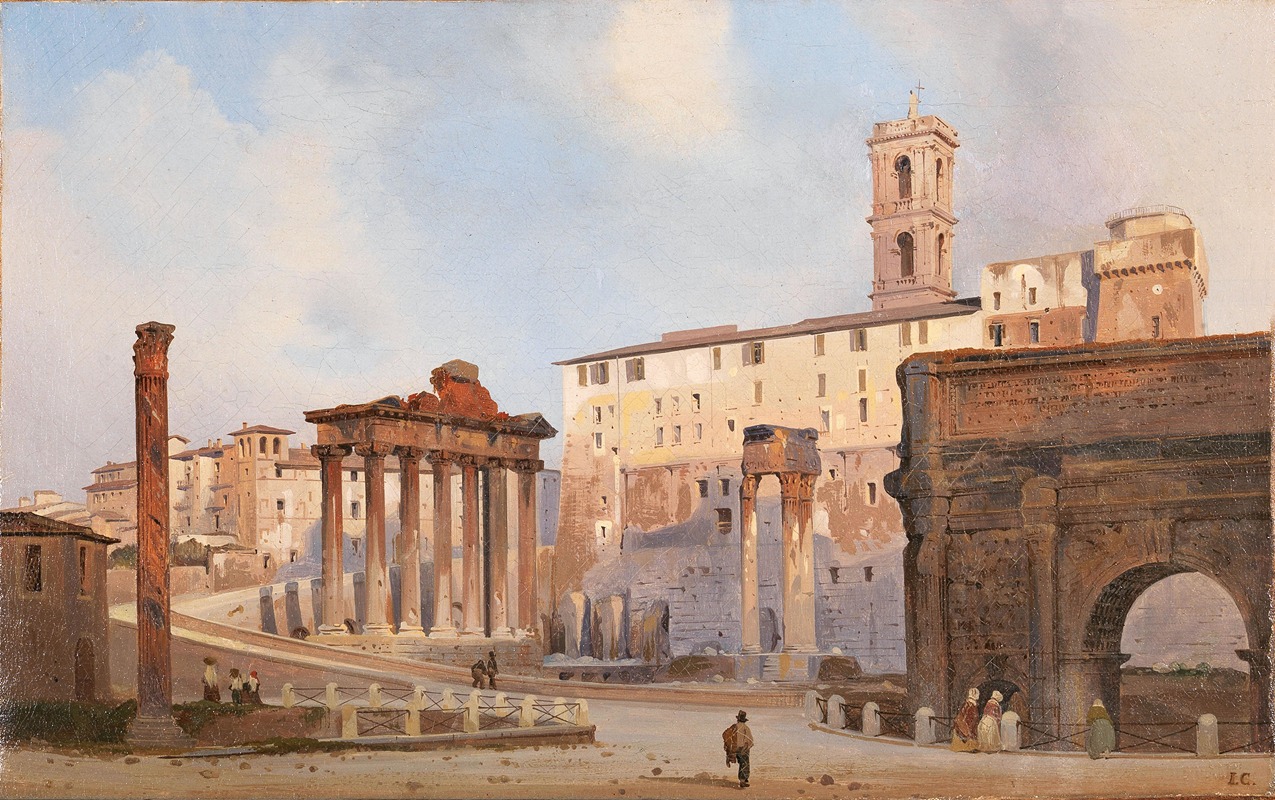
The Roman Forum
A hand-painted replica of Ippolito Caffi’s masterpiece The Roman Forum, meticulously crafted by professional artists to capture the true essence of the original. Each piece is created with museum-quality canvas and rare mineral pigments, carefully painted by experienced artists with delicate brushstrokes and rich, layered colors to perfectly recreate the texture of the original artwork. Unlike machine-printed reproductions, this hand-painted version brings the painting to life, infused with the artist’s emotions and skill in every stroke. Whether for personal collection or home decoration, it instantly elevates the artistic atmosphere of any space.
Ippolito Caffi's painting "The Roman Forum" is a notable work by the 19th-century Italian artist, renowned for his captivating depictions of urban landscapes and architectural scenes. Caffi, born in 1809 in Belluno, Italy, was a prominent figure in the Italian vedutismo movement, which focused on detailed and realistic portrayals of cityscapes. His works are celebrated for their vibrant use of light and shadow, as well as their meticulous attention to architectural detail.
"The Roman Forum" exemplifies Caffi's skill in capturing the essence of historical sites with both accuracy and artistic flair. The Roman Forum, located in the heart of ancient Rome, was the center of public life in the city, serving as a venue for political, commercial, and social activities. It is a site rich with history, featuring ruins of important government buildings, temples, and monuments that date back to the Roman Empire.
Caffi's painting of the Roman Forum is distinguished by its precise rendering of the architectural elements and the atmospheric effects that bring the scene to life. The artist's use of light is particularly noteworthy; he often painted scenes at different times of the day to capture the changing effects of sunlight on the structures. This technique not only highlights the grandeur of the ancient ruins but also imbues the painting with a sense of timelessness and historical continuity.
In his depiction of the Roman Forum, Caffi likely included several key structures that are iconic to the site, such as the Temple of Saturn, the Arch of Septimius Severus, and the Basilica of Maxentius and Constantine. These structures, though in ruins, are rendered with a level of detail that reflects Caffi's dedication to historical accuracy and his deep appreciation for the architectural heritage of Rome.
Caffi's work is characterized by a blend of realism and romanticism, capturing both the physical reality of the scene and the emotional resonance of the historical setting. His paintings often evoke a sense of nostalgia and reverence for the past, inviting viewers to reflect on the enduring legacy of ancient civilizations.
Throughout his career, Ippolito Caffi traveled extensively, painting various cities across Europe and the Middle East. His experiences and observations during these travels enriched his artistic vision, allowing him to create works that are both geographically diverse and culturally insightful. Despite facing challenges, including political upheaval and personal hardships, Caffi remained committed to his art until his untimely death in 1866 during the Battle of Lissa.
Today, Caffi's paintings, including "The Roman Forum," are appreciated for their historical significance and artistic merit. They offer a window into the past, capturing the beauty and grandeur of ancient sites with a level of detail and emotion that continues to resonate with audiences. His works are housed in various museums and collections, where they continue to be studied and admired by art historians and enthusiasts alike.





